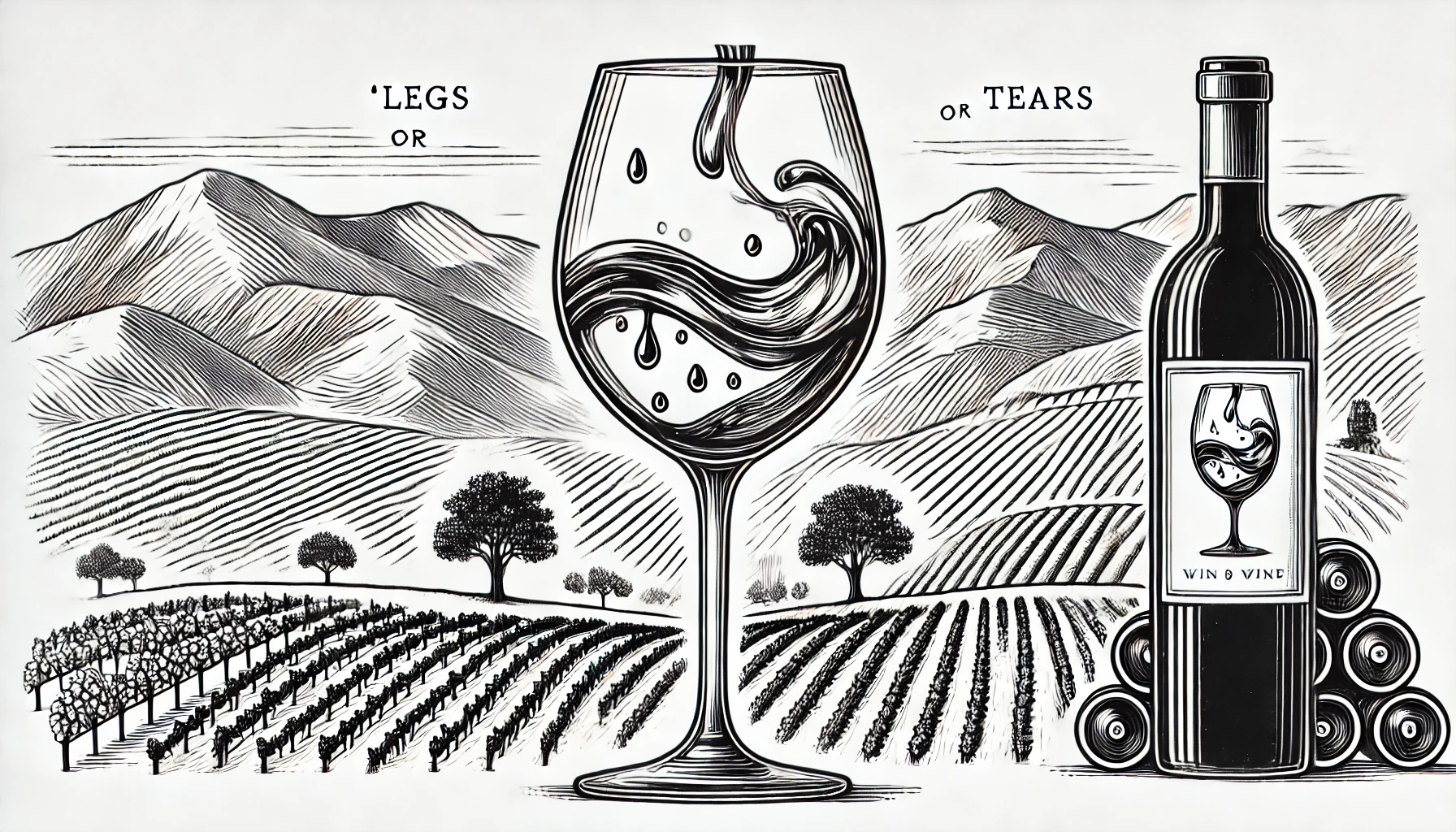
Legs, also referred to as tears, are the streaks of liquid that form on the inside of a wine glass after the wine has been swirled. While they may seem like a mystical sign of a wine’s quality, they are actually more of a physical phenomenon related to the alcohol content and viscosity of the wine.
The science behind legs or tears is known as the Marangoni effect. It occurs due to the difference in evaporation rates between alcohol and water. When you swirl wine in a glass, the alcohol evaporates faster than the water, creating droplets that cling to the sides of the glass. The more alcohol a wine has, the more pronounced the tears will be, as the greater the difference between the evaporation rates of alcohol and water.
Legs are often mistakenly thought to be an indicator of a wine’s quality or sweetness, but they don’t really provide insight into those factors. What legs do indicate, however, is the wine’s alcohol content and sometimes its body. A wine with high alcohol content, typically above 13%, will usually display more prominent legs, as the alcohol affects the viscosity of the liquid.
Legs in Sweeter Wines
It can also appear in sweeter wines, which have a thicker consistency due to the residual sugar left over from fermentation. Wines like dessert wines or ports, which have both high sugar and alcohol levels, may show very pronounced legs.
While legs may not reveal much about a wine’s complexity or flavor, they do add to the visual enjoyment of wine tasting. Some wine enthusiasts love observing the way they form and drip back into the wine, appreciating the art of swirling wine in a glass. Ultimately, the legs are more of a fun visual effect than a true measure of wine quality.
Curious about more wine terms and insights? Visit our Wine Wiki section and explore the basic wine terms for expert definitions and tips!